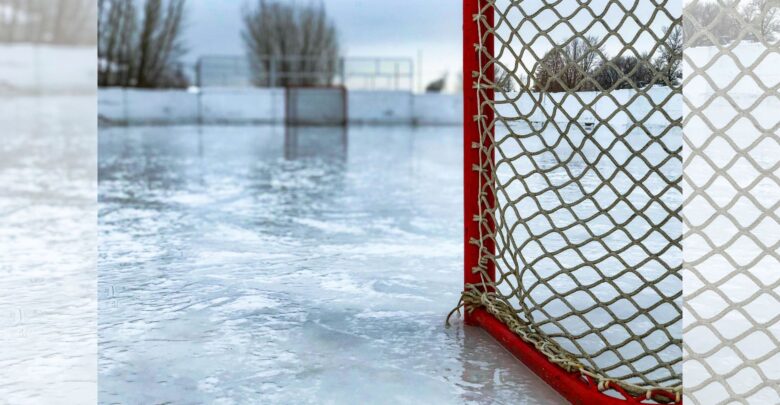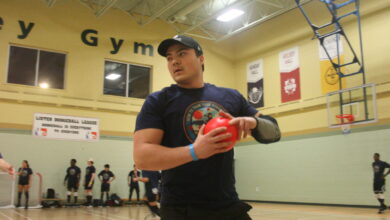 Supplied
SuppliedA study from the University of Alberta School of Business found that the hot-hand theory is not true when looking at performance statistics of ice hockey goaltenders.
According to the hot-hand theory, if a player has performed well recently, they are expected to continue performing well in the present. Likang Ding, a PhD student at the School of Business, conducted the study.
According to Ding, the hot-hand theory is “one of the most debatable theories in sports.” Primarily, the debate is between academics and practitioners. Fans, coaches, and players tend to believe in the theory, Ding said.
“One of the very first papers analyzing it using statistical tools says that it is actually a fallacy. It states that we as humans tend to consider a random sequence of successes as a pattern,” Ding said.
“[On the other hand,] as a practitioner, when you play the game, sometimes you know that you are in good shape. You are performing well and you know that you can carry that over,” Ding added.
Ding and his team define what makes a player “hot”
Ding and his team converted the hot-hand theory into something measurable by statistical models. First, they defined what makes a player “hot.” They compared differences in the save percentage of shots in two windows — the median period and shot period.
They reached the median period by calculating the average shots per game a goaltender faces. In the 2024 Stanley Cup Playoffs, it was 30. The maximum number of games in the playoffs a goaltender can play is 28 games. This came out to be 840 shots.
For the shot period, they looked at save performance in the number of shots in window sizes. The window sizes corresponded to being between 30 and 150 shots, matching up to one to five games.
“If we see that the player’s performance in the shot window has been significantly better than their performance in the median window, then we’ll say that the player is possibly hot,” Ding said.
In order to support their research, Ding and his team also looked into the influence of motivation on a player’s performance.
“When you’re performing well, you know that you’re performing well, and you may be less focused when facing the next shot. With poor recent performance, you have more motivation, so you are more likely to perform well for the next shot.”
Good recent save performance may even negatively impact the next-shot save probability
This study concluded that there is no evidence of the hot-hand theory to be true. Rather, Ding and his team found evidence that a good recent save performance may be associated with a negative impact on the next-shot save probability.
According to Ding, the impact of this finding is within one per cent. So, it might make an average goalie a bit above average, but won’t bring a top goalie to the bottom of the “goalie hierarchy.”
This study was conducted on hockey goaltenders because their performances are less affected by adjustments the opposing team may make. In other sports where players face “hot-shooters,” the opposing team may shift resources to play against the shooter strategically.
“For some other sports it is harder to analyze the [hot-hand theory] impact, but theoretically, [the study] can be applied. Some of our methodologies, I think, are innovative.”




